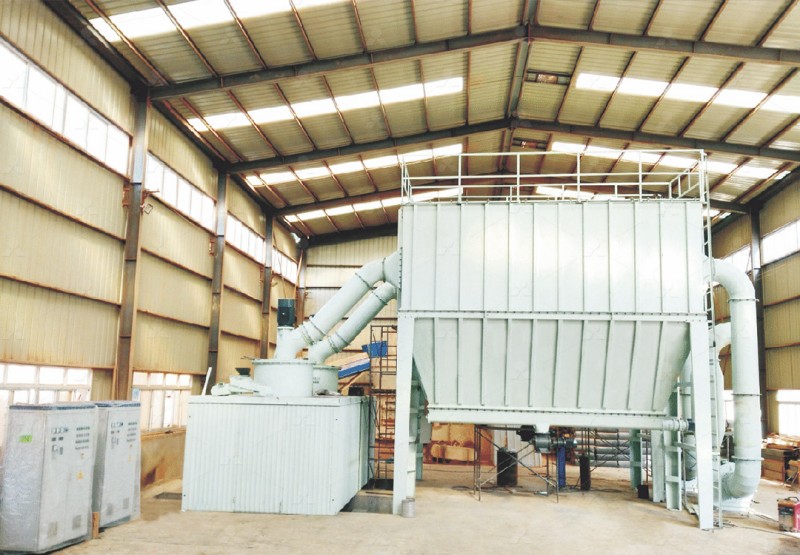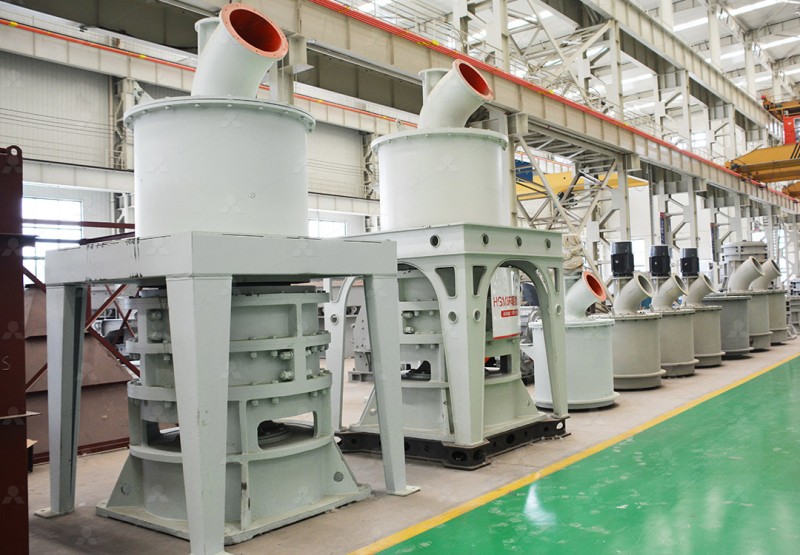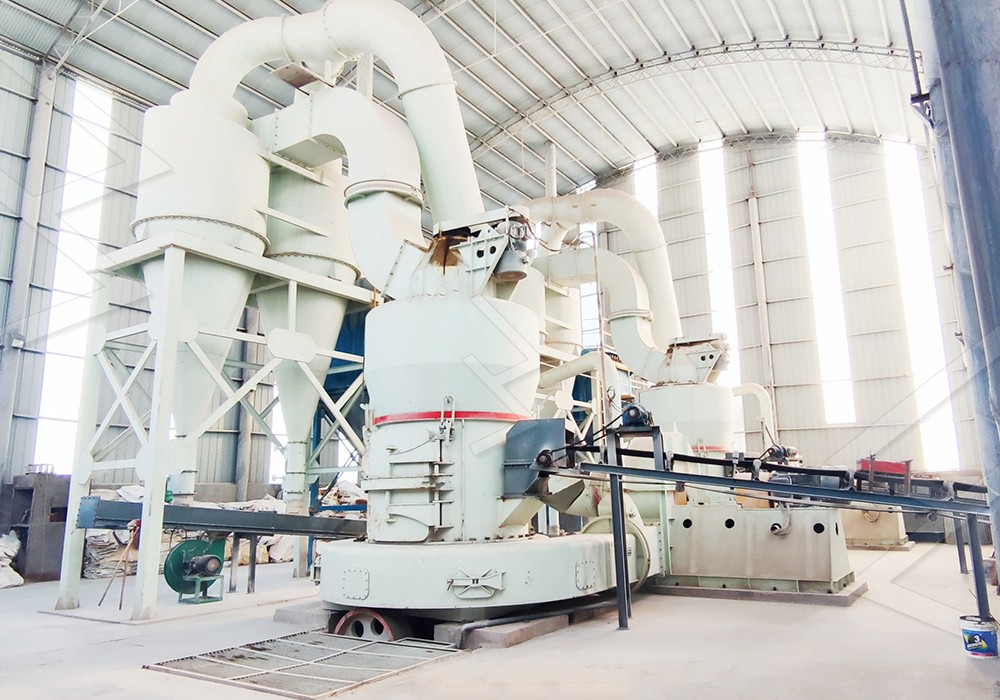YGMX Ultrafine Grinding Mill: High-Efficiency Powder Processing Solution
Revolutionizing Fine Powder Production
In today’s demanding industrial landscape, achieving precise particle size distribution while maintaining operational efficiency represents a significant challenge for manufacturers across multiple sectors. The pursuit of ultra-fine powders has driven technological innovation in grinding equipment, leading to the development of advanced milling solutions that deliver exceptional performance without compromising on reliability or environmental compliance.

Modern powder processing demands equipment capable of handling diverse materials while ensuring consistent output quality. The evolution of grinding technology has progressively addressed these needs through sophisticated engineering solutions that optimize energy consumption, reduce maintenance requirements, and enhance final product characteristics.
Advanced Engineering for Superior Performance
The heart of any grinding system lies in its ability to transform raw materials into precisely controlled powders efficiently. Contemporary mills incorporate multiple technological innovations that collectively contribute to their operational excellence. From specialized grinding curves to intelligent separation systems, these advancements work in concert to deliver unmatched processing capabilities.
One notable example of this engineering excellence is our MW Ultrafine Grinding Mill, designed specifically for customers requiring ultra-fine powder production. With an input size capability of 0-20 mm and throughput ranging from 0.5 to 25 tons per hour, this machine represents the pinnacle of grinding technology. The integration of efficient pulse dust collection and advanced noise reduction systems ensures minimal environmental impact during operation.
Application Versatility Across Industries
The true measure of a grinding mill’s value lies in its adaptability to various materials and industrial applications. Modern ultrafine mills demonstrate remarkable versatility, processing everything from mineral-based substances like limestone, calcite, and dolomite to specialized materials including petroleum coal, gypsum, barite, and marble. Beyond traditional mineral processing, these machines serve critical roles in chemical manufacturing, paint production, cosmetics, pharmaceuticals, and food additives.

This broad applicability stems from carefully engineered features that address the unique challenges of different materials. The selection of appropriate grinding media, precise control over operational parameters, and adaptable system configurations enable processors to optimize performance for specific material characteristics and final product requirements.
Key Technological Advantages
Contemporary ultrafine grinding mills incorporate several groundbreaking features that distinguish them from conventional equipment. The implementation of newly designed grinding curves for rollers and rings significantly enhances grinding efficiency, resulting in production capacity increases of up to 40% compared to jet grinding mills and stirred grinding mills. Under identical fineness and power conditions, these advanced mills can achieve twice the output of traditional ball grinding mills while consuming only 30% of the energy required by jet grinding systems.
The precision of powder separation represents another critical advancement. Through the incorporation of German cage-type powder selector technology, modern mills can maintain precise control over particle size distribution, with adjustable fineness ranging from 325 to 2500 meshes. This technological sophistication enables processors to achieve screening rates of d97≤5μm in a single pass, eliminating the need for multiple processing stages.
Operational Reliability and Environmental Compliance
Beyond pure performance metrics, modern grinding equipment addresses the practical concerns of daily operation and maintenance. The elimination of rolling bearings and screws within the grinding chamber represents a significant engineering achievement, removing common failure points and concerns about bearing damage or seal failures. This design approach eliminates machine damage caused by loose screws and enables external lubrication without shutdown requirements, supporting continuous 24-hour operation.
Environmental considerations have become increasingly important in equipment design. The integration of efficient pulse dust collectors ensures dust-free operation throughout the entire milling system, while specialized silencers and noise elimination rooms substantially reduce acoustic emissions. These features collectively ensure full compliance with national environmental protection standards, making modern grinding solutions responsible choices for environmentally conscious operations.

For operations requiring vertical grinding configuration, our LUM Ultrafine Vertical Grinding Mill offers exceptional capabilities with input sizes up to 10 mm and capacity ranging from 5 to 18 tph. This mill incorporates the latest grinding roller technology from Taiwan and German powder separating technology, creating an integrated solution for ultrafine powder grinding, grading, and transporting that has become the preferred choice in the ultrafine powder grinding industry.
Future-Proof Powder Processing
The ongoing digital transformation of industrial equipment has significantly impacted grinding mill technology. Modern mills benefit from numerically controlled manufacturing processes, with dozens of CNC machine lines ensuring exceptional precision in component production. This digital approach extends to operations such as steel plate cutting, bending, planing, milling, and paint spraying, resulting in consistently high machining precision, particularly for core components.
Comprehensive support systems further enhance operational reliability. With businesses covering both production and sales, manufacturers assume full responsibility for every machine produced. This commitment includes providing customers with complete technical services and genuine spare parts, ensuring worry-free operation throughout the equipment lifecycle.
Frequently Asked Questions
What materials can the YGMX Ultrafine Grinding Mill process?
The mill handles a wide range of materials including limestone, calcite, dolomite, petroleum coal, gypsum, barite, marble, talc, and coal powder. It also serves chemical industry applications for paint, cosmetics, medicine, and food additives.
How does the energy consumption compare to traditional grinding mills?
The MW Ultrafine Grinding Mill reduces system energy consumption to just 30% of jet grinding mills while achieving 40% higher production capacity under the same fineness and power conditions.
What fineness range can be achieved?
The mill produces powders with adjustable fineness between 325-2500 meshes, with screening rates achieving d97≤5μm in a single pass through advanced cage-type powder selector technology.
How does the mill address environmental concerns?
Integrated pulse dust collectors prevent dust pollution, while silencers and noise elimination rooms reduce acoustic emissions. The entire system operates in compliance with national environmental protection standards.
What maintenance advantages does the design offer?
The absence of rolling bearings and screws in the grinding chamber eliminates common failure points. External lubrication systems allow maintenance without shutdown, supporting continuous 24-hour operation.
